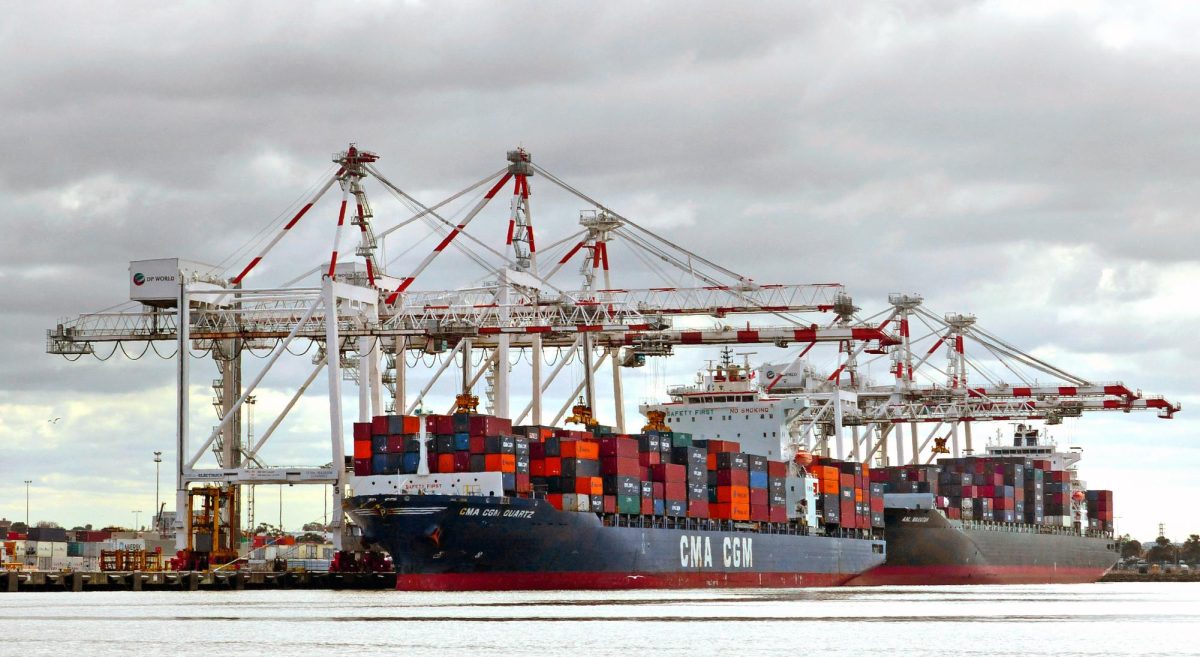The Fed’s preferred inflation measure, which excludes volatile food and energy prices, was released on Feb. 29. As anticipated by analysts and economists, there was a yearly increase of 2.8% in the personal consumption expenditures price index, with a $43.9 billion monthly increase following December, a 0.3% gain.
The Fed’s timeline for rate cuts has been the subject of ongoing curiosity; while some say June is the big month, others believe 2024 is the year for no rate cuts at all. In Fed Chair Jerome Powell’s exclusive interview on “60 Minutes” with CBS in early February, he noted the committee wants to see “more good data” and inflation move sustainably, decreasing sufficiently to reach the 2% goal.
The lack of consistent data makes it difficult to paint how quickly the 2% goal will be reached. The increase of 1% in personal income, a decrease of 0.1% in spending and prices up 0.5% were higher than expectations, further growing concerns of the Fed holding rates high and putting extra eyes onto February data. June rate cuts are speculated by investors by a slight increase in the futures markets.
PCE remains under 3% despite its increase from December, but it has steadily increased. The situation intensifies the dilemma faced by the Federal Reserve regarding the timing of interest rate adjustments. Premature rate changes risk either interrupting the inflationary trend or causing inflation to persist above the target of 2%. Conversely, delaying the rate change could result in a recession that would prevent monetary policy from expanding.
Following the PCE report, the markets presented positive trends and stocks continued to reach new closing highs.
Loretta Mester, president of the Federal Reserve Bank of Cleveland, said the Fed’s rate cuts would depend on “how the economy is evolving” rather than how much time is left in an interview with Yahoo Finance.
“What I think will be characteristic of policy this year is risk management,” Mester said. “Up till now, when inflation started moving up higher than anyone wanted or liked and well above our goal, and employment was pretty healthy, our sole focus was on our price stability part of the mandate.”








